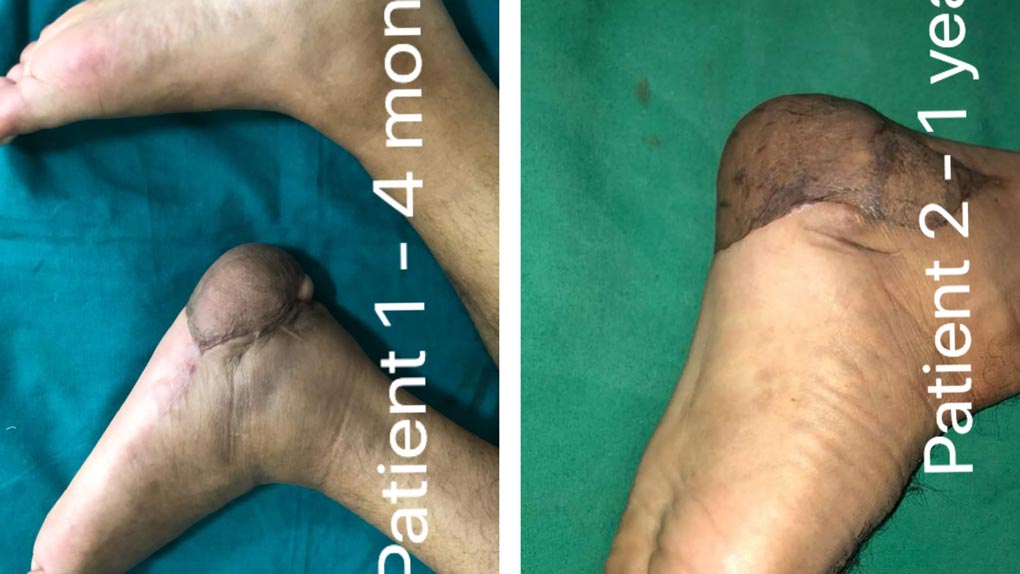Introduction
Living with diabetes brings with it a host of medical challenges—and one of the most serious among them is the diabetic foot. This condition, if left unchecked, can lead to serious complications, including infection, ulcers, and even amputation. Thankfully, advanced plastic and reconstructive surgery offers solutions that can save limbs and lives.
What is Diabetic Foot?
Diabetic foot refers to a range of foot problems experienced by individuals with diabetes, caused primarily by poor blood circulation and nerve damage (neuropathy). These issues reduce the body’s ability to heal minor injuries, leading to chronic ulcers and infections.
Common Signs to Watch For:
- Persistent foot ulcers
- Changes in skin color or temperature
- Swelling or foul odor
- Numbness or tingling sensation
Why Early Surgical Intervention is Crucial
A delay in treating diabetic foot complications can result in serious tissue damage. As a Lower Limb Reconstruction Specialist, Dr. Bharat Saxena employs advanced techniques like flap surgeries and skin grafting to restore form and function while preventing further deterioration.
Plastic surgery in these cases isn’t just cosmetic—it’s life-saving.

Surgical Treatments Available:
- Debridement and infection control
- Local and regional flap coverage
- Skin grafting for ulcerated areas
- Limb salvage procedures using microsurgical reconstruction
Reconstructive Surgery – A Multidisciplinary Approach
With experience from top institutions like TATA Memorial Hospital and Chang Gung Memorial Hospital, Dr. Saxena brings a holistic and ethical approach to care. By collaborating with endocrinologists and wound-care specialists, his treatment plans are customized to support both recovery and long-term health.
